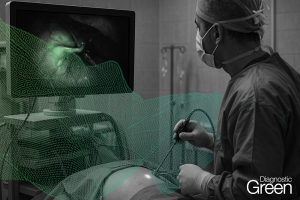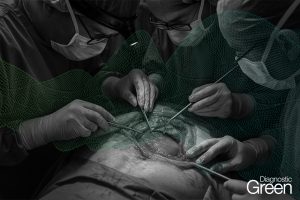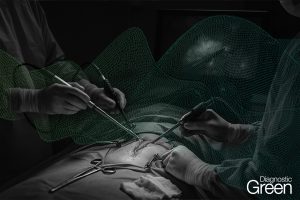Introduction: En-bloc celiac axis resection (CAR) was first proposed by Lyon H. Appleby in 1952 for gastric cancer and later modified for pancreatic resections with gastric preservation by Nimura et al. in 1976. CAR remains uncommon, performed in fewer than 0.2 cases annually. Advancements in preoperative imaging and anatomy understanding, ischemic complication management, and centralization of care have improved outcomes. This report presents a robotic distal pancreatectomy (DP) with CAR and superior mesenteric artery (SMA) divestment.
Case report: A 65-year-old woman presented with back pain. Imaging revealed biopsy-proven pancreatic adenocarcinoma in the pancreatic body, encasing the celiac, splenic, and common hepatic arteries with SMA abutment. Following four cycles of neoadjuvant FOLFIRINOX, follow-up imaging demonstrated stable disease without metastasis. The need for hepatic artery reconstruction was assessed intraoperatively, with alternative strategies detailed in the accompanying video.
Operative technique: The patient underwent a distal pancreatectomy and splenectomy with class Ia CAR. Surgery was conducted in a caudal approach, lasted 420 minutes with minimal blood loss (100 ml). Laparoscopic ultrasound (lapUS) and indocyanine green (ICG) perfusion were used to assess resectability, vascular perfusion, and targeted blood vessels. The postoperative course was uneventful, except for a Grade B chyle leak managed conservatively. No liver or gastric ischemia occurred. Adjuvant chemotherapy was initiated two months postoperatively.
Conclusion: Enhanced visualization, improved dexterity, and adjuncts including lapUS and ICG are potential benefits that are available to surgeons with the robotic platform when performing arterial divestment and CAR via a caudal approach.




